Jacu Strauss, creative director of the Lore Group, speaks to Effect Magazine about designing their global portfolio of hotels, searching the world for vintage gems – and tangling with the Beauty Committee.
Jacu Strauss may just have the best job in the world. As creative director of the Lore Group, he oversees all things design and interiors across a growing portfolio of highly aesthetic hotels, relocating to each new country they launch in. And while the itinerant lifestyle might not be for everyone, it suits Strauss perfectly. “I’ve always been quite restless,” he says, “so I always want to explore different things, and create different things.”
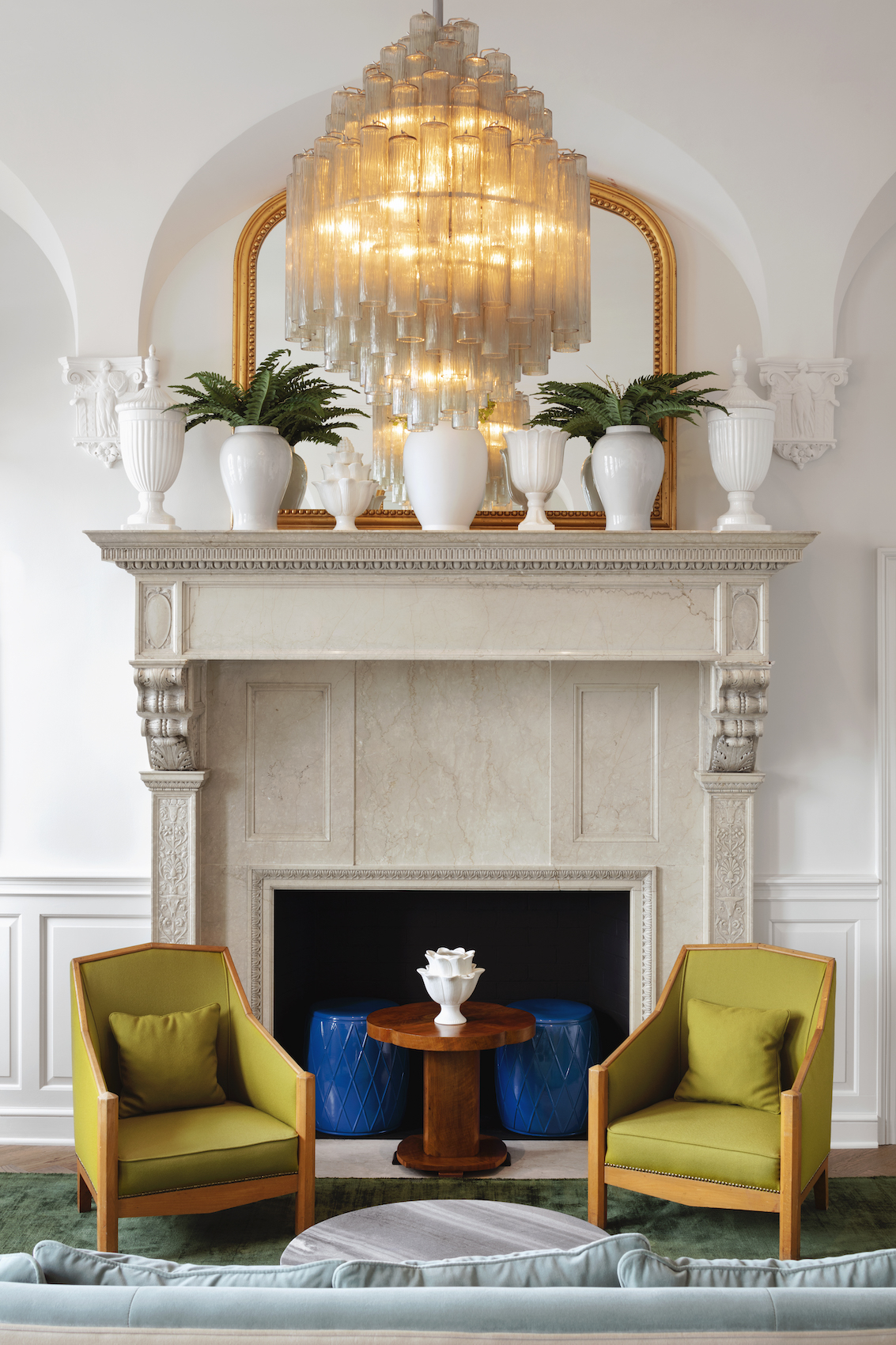
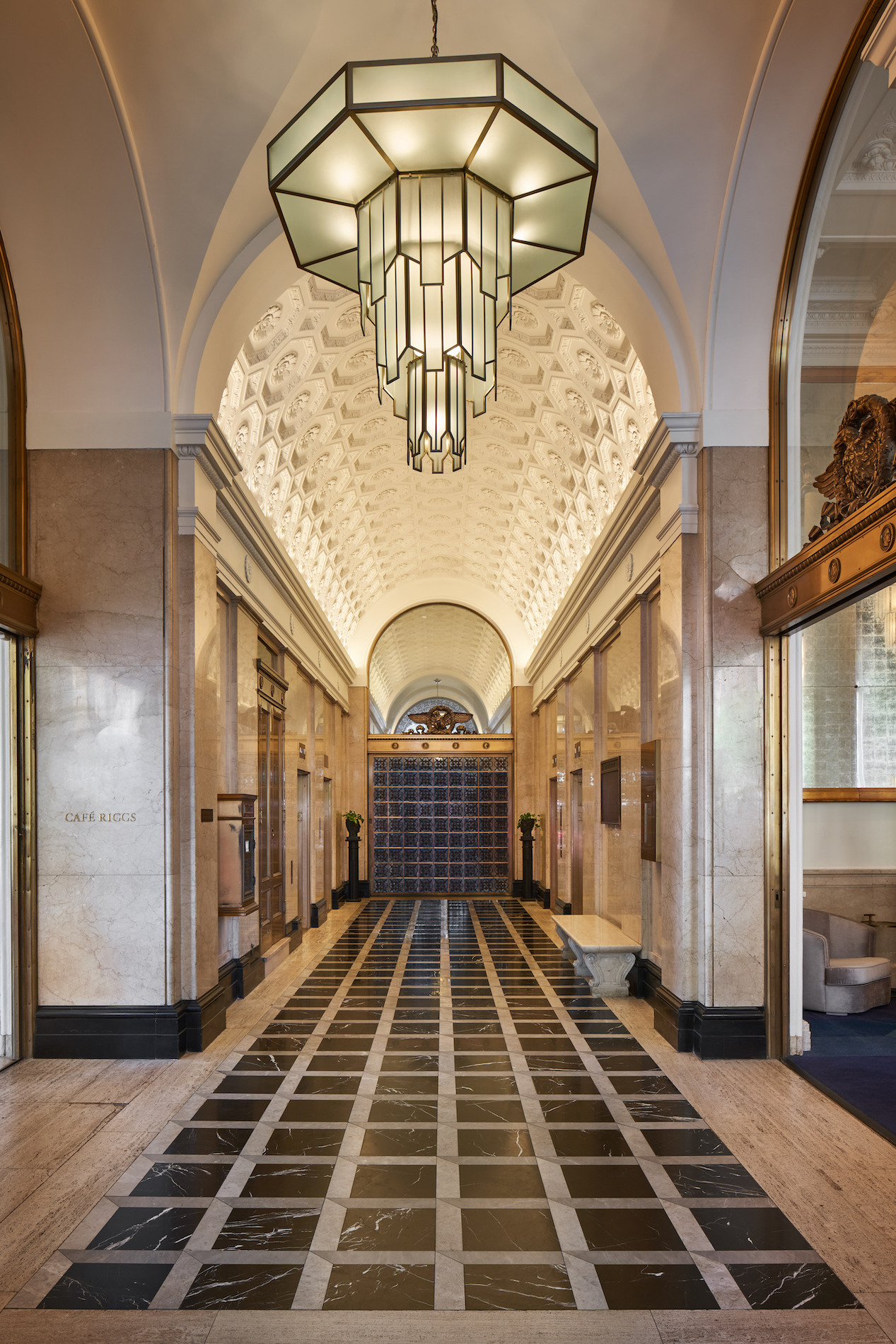
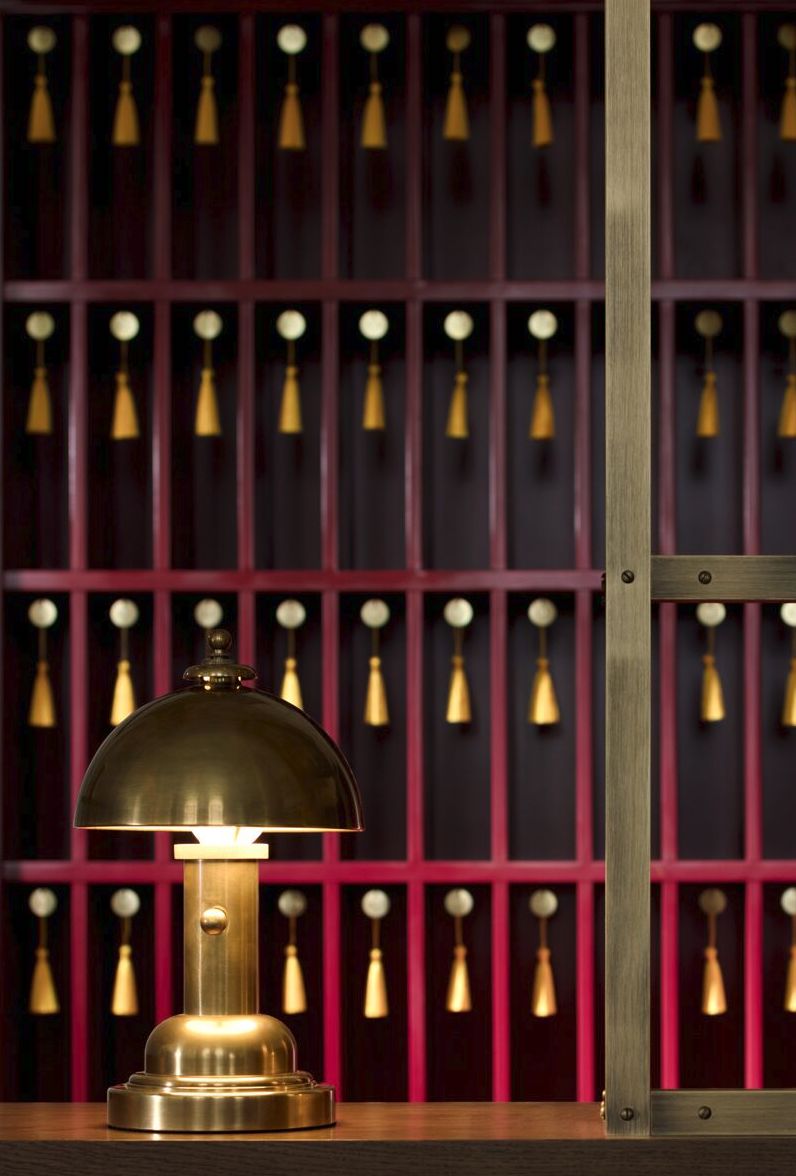
On the day we speak, Strauss is in his London workshop, a true design-lover’s den of Vico Magistretti lights, marble statues, and a smattering of vintage trophies – the remnants of a project involving 200 of them for a hotel in the US. Strauss is in his element. Yet there’s nothing inevitable about it, and it nearly didn’t happen.
In fact, Strauss was on the fast-track to a career in ‘pure’ architecture. He’s an alumnus of the Bartlett School of Architecture in London – the world’s top-ranking architecture college. It’s fiercely hard to get into, so after graduation, one would image it being a relatively smooth transition into a major architectural firm. Except, the year was 2008 and the world had gone into a financial nosedive.
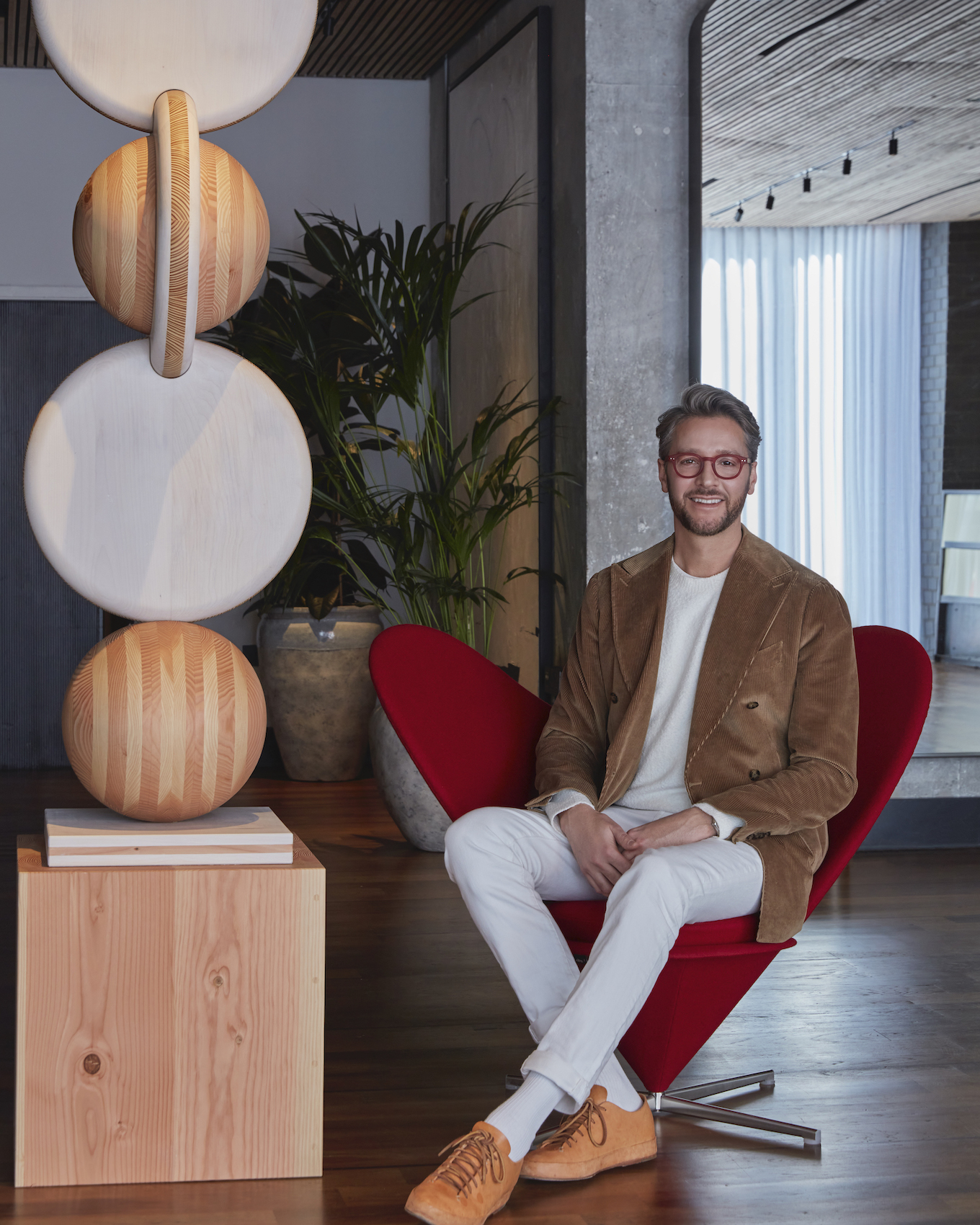
“We all had jobs lined up, and when the crash happened it wasn’t the kind of news you want to hear, after years of studying. But it was a big eye-opener, and I decided to broaden my horizons.”
For Strauss, this meant following his innate interest in design rather than his preordained architectural path. “It was an opportunity to work with someone I really liked. I’d been aware of Tom Dixon’s work through his furniture, lighting and accessories, but I started to see some of his interior work. I applied speculatively, and met with him twice, but he didn’t have a job for me.”
Eventually, however, a position at Tom Dixon did open up; and soon Strauss was doing most of Dixon’s interiors work. “The projects got bigger and bigger until we pitched for this hotel in London, which is now called Sea Containers. We had never done a hotel before, but we won the pitch.”
Being thrown into a major hotel project could have been a daunting task – Sea Containers is a huge building in a prestigious location right on the Thames riverfront. Yet Strauss had found his métier.
“I was very nervous at the beginning – but it suited my approach to design. Hotels are a long-term thing; I really don’t like how interior design can sometimes be seen almost like fast fashion. I love designing something that that is meant to last longer.”
Strauss went on to join up with Sea Containers’ owners: “They bought another hotel in Amsterdam and they wanted me to front it. It was my first project under my own name.” Since then, they’ve opened landmark hotels with stellar design that include Amsterdam’s Pulitzer, Washington DC’s Riggs and Lyle hotels, and One Hundred Shoreditch in London.
It’s now a decade since Strauss oversaw all design and interiors detailing in Sea Containers, so the longevity of his approach has already been put to the test: the role has become not just one of creation, but of constant care and renewal. How does he find this balance?
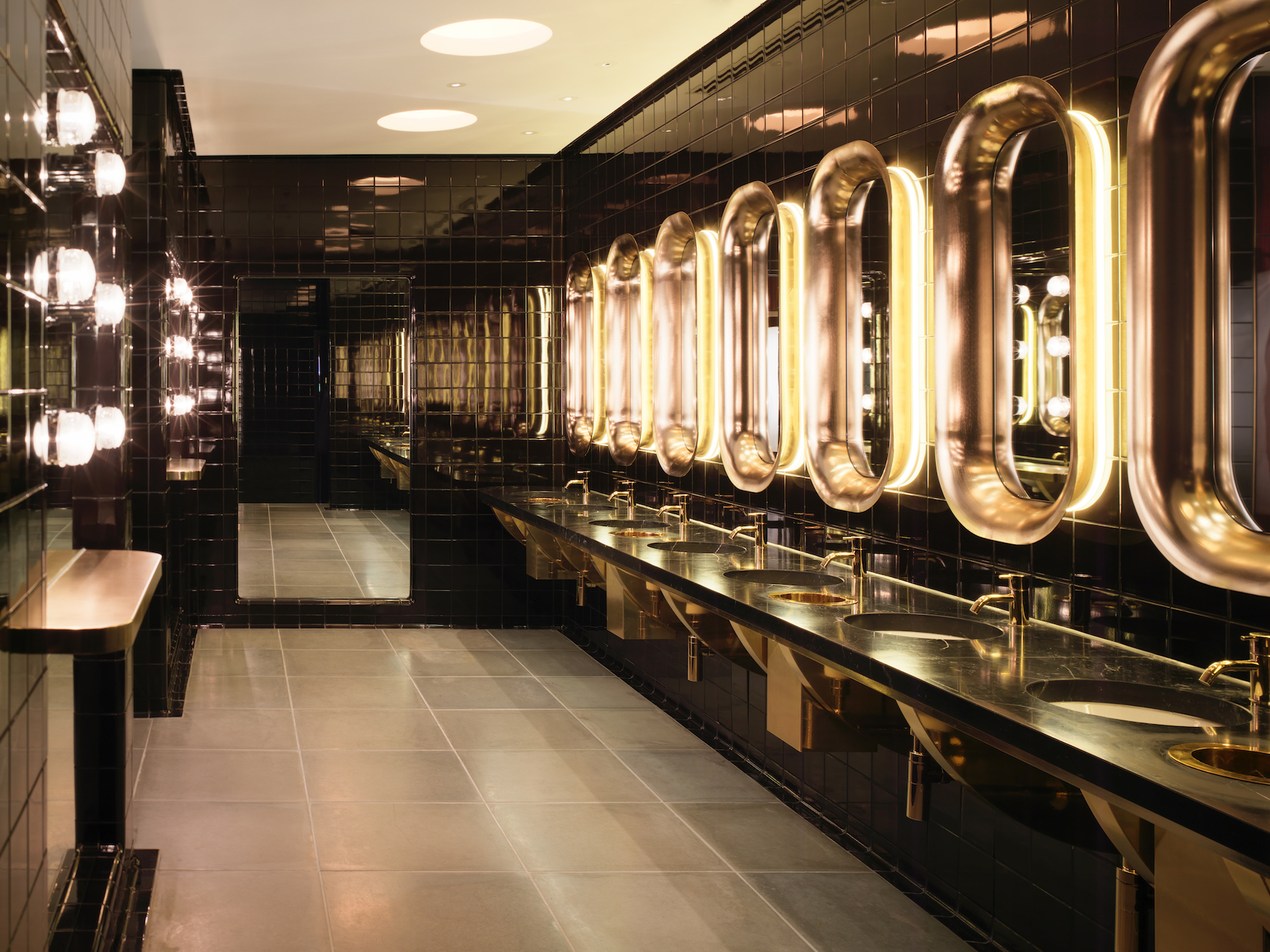

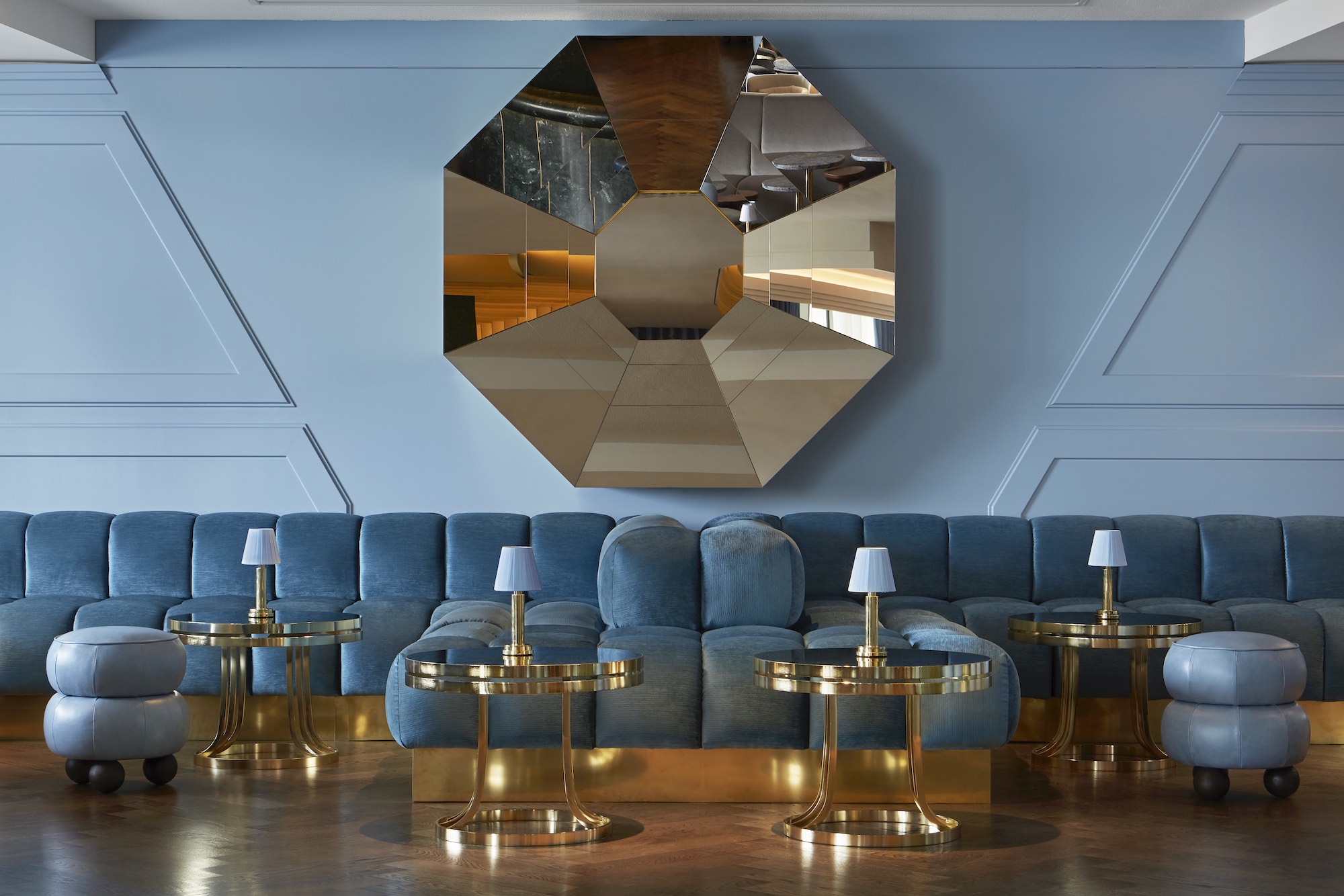
“The role becomes one of wearing different hats, and you have to be sensible as well as creative. You are making decisions you really have to live with. With Sea Containers, I’m still responsible for the consequences.”
Storytelling is fundamental with design – it just touches so many things. The thing that connects all of our hotels together is that they all have their own story to tell.
Jacu Strauss
The seriousness with which Strauss approaches this responsibility is echoed by two observations he makes on the nature of hotels. The first is the concept of the hotel as a refuge: “I think there’s a newfound appreciation of hotels as safe places; there’s something secure about being in a hotel – the analogy where they say that if you’re in a foreign country and a war breaks out, you go to your embassy or a hotel. I love that they are considered such fundamentally safe places.”

The other is his take on Airbnb: “It’s effectively the biggest hotel group in the world,” he says, “and they don’t own a single hotel.” As the home-sharing service boomed a decade or so ago, Strauss was initially nervous about how was going to influence the hotel business and hotel design. “But in fact, it’s actually propped up hotel experiences,” he says, “because you now realise what it is to stay at a hotel. It’s not just that bed for the night. It’s everything else.”
That ‘everything else’ is perfectly exemplified by the Pulitzer in Amsterdam – an enchanting property created from 25 interconnected Golden Age canal houses.
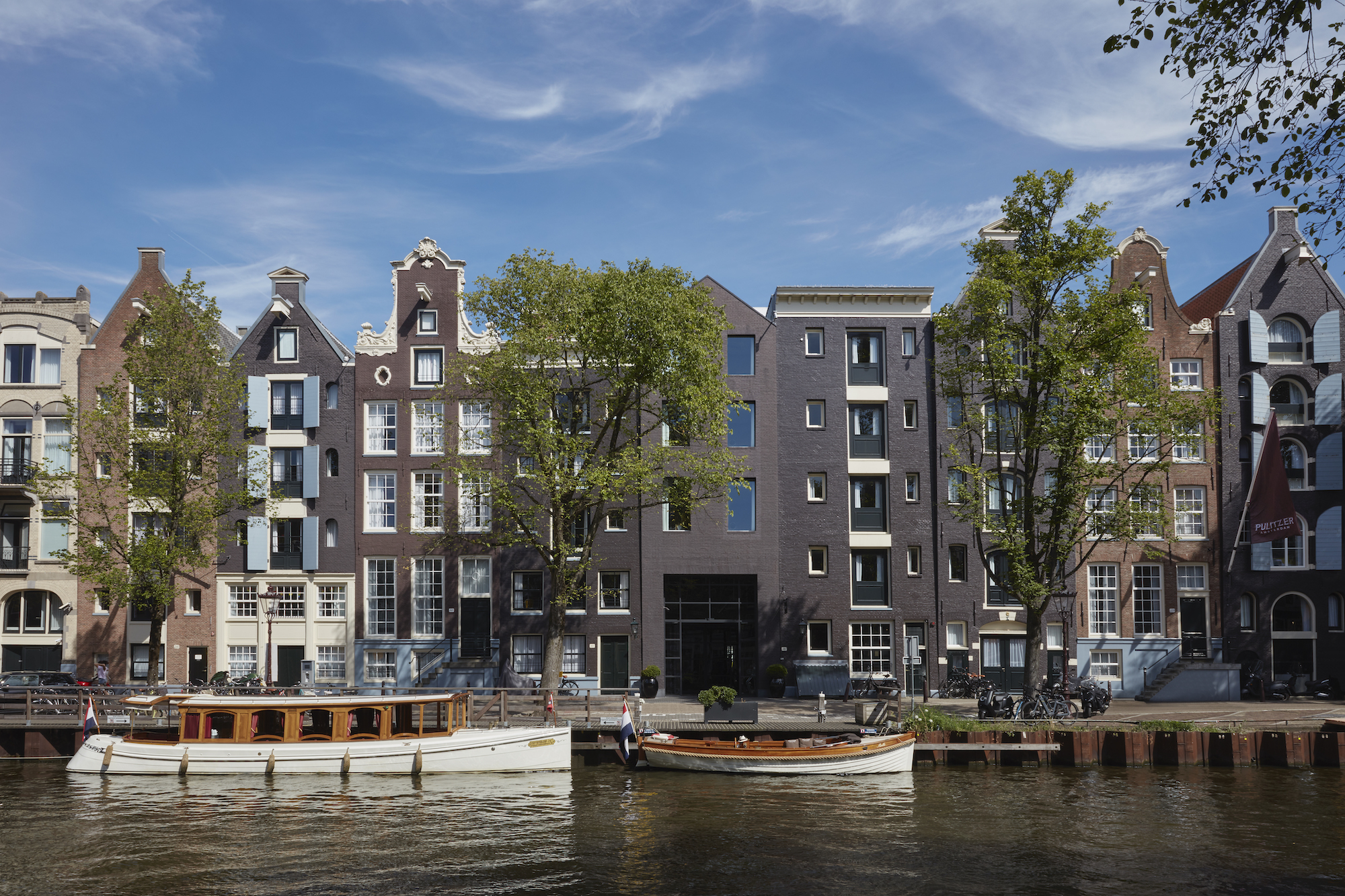
“When I first saw the Pulitzer, I realised it was a once-in-a-lifetime opportunity,” says Strauss of the shell that would involve a complete gut job and remodelling. “It was very complicated from the beginning. No rooms had straight walls, everything wonky, 225 room and not a single of them the same. It was a real living, breathing kind of project. All these complexities and curiosities and quirks – I loved it.”
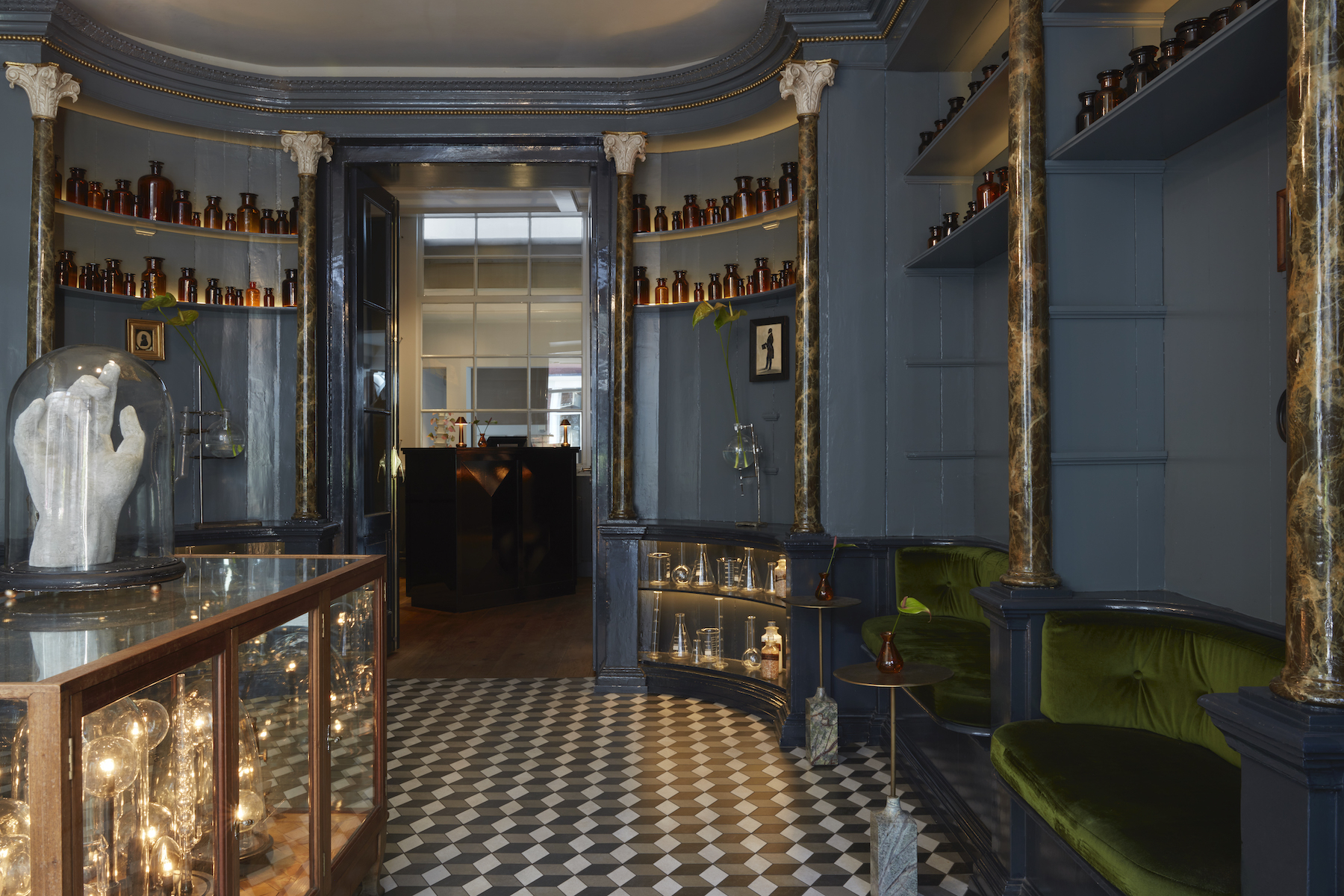
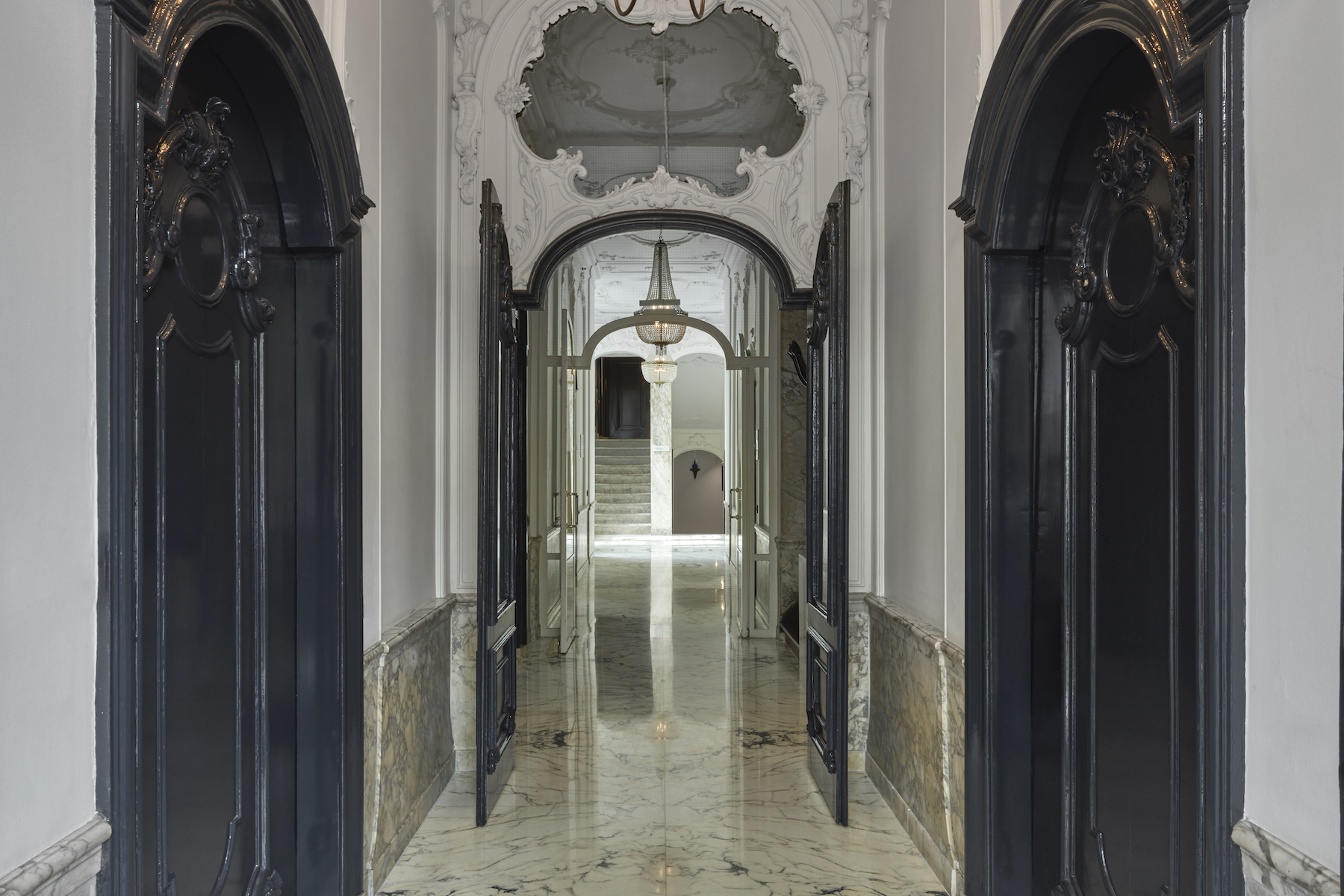
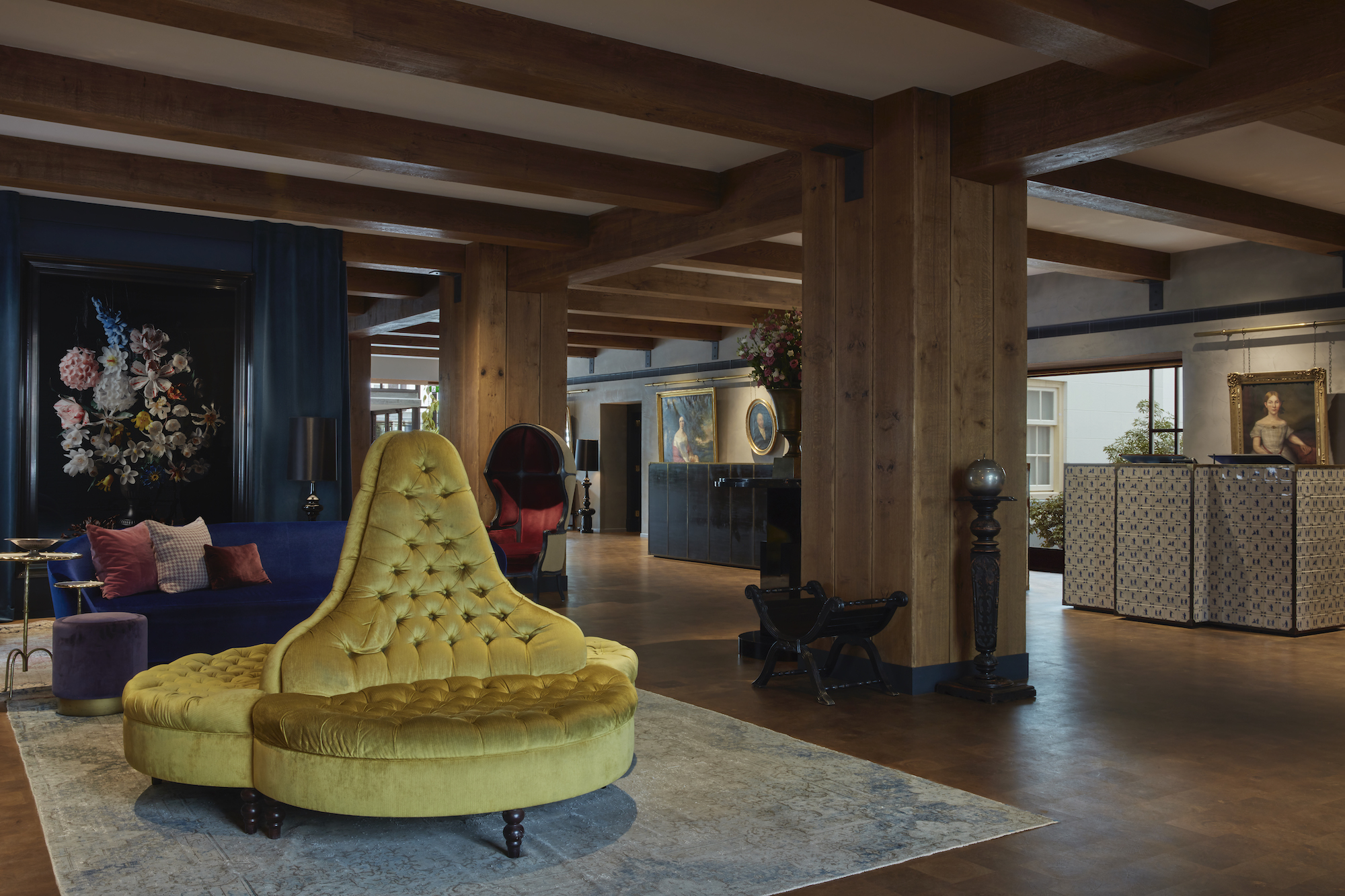
Strauss relocated to the city for the duration, recognising that such a singular project needed a completely immersive approach. As he puts it, “It didn’t really make sense on a spreadsheet – so I needed someone to really live and breathe the project. And I was the person who wanted to do that. I mean, how often do you get to stay in a 400-year-old Golden Age canal house?””
Strauss was able to turn all of those quirks that others saw as problems into positive characteristics that became part of the story. But such a historic property, and in a UNESCO World Heritage Site, comes with its own issues – not least, navigating planning permission with the city’s aesthetic guardians, the wonderfully named ‘Beauty Committee’. This kicked off a byzantine planning and submission process that rotated through multiple iterations before eventually alighting on Strauss’s very first ideas for the building. It was an exhausting phase, though he concedes: “I love the fact that it’s called the Beauty Committee.”
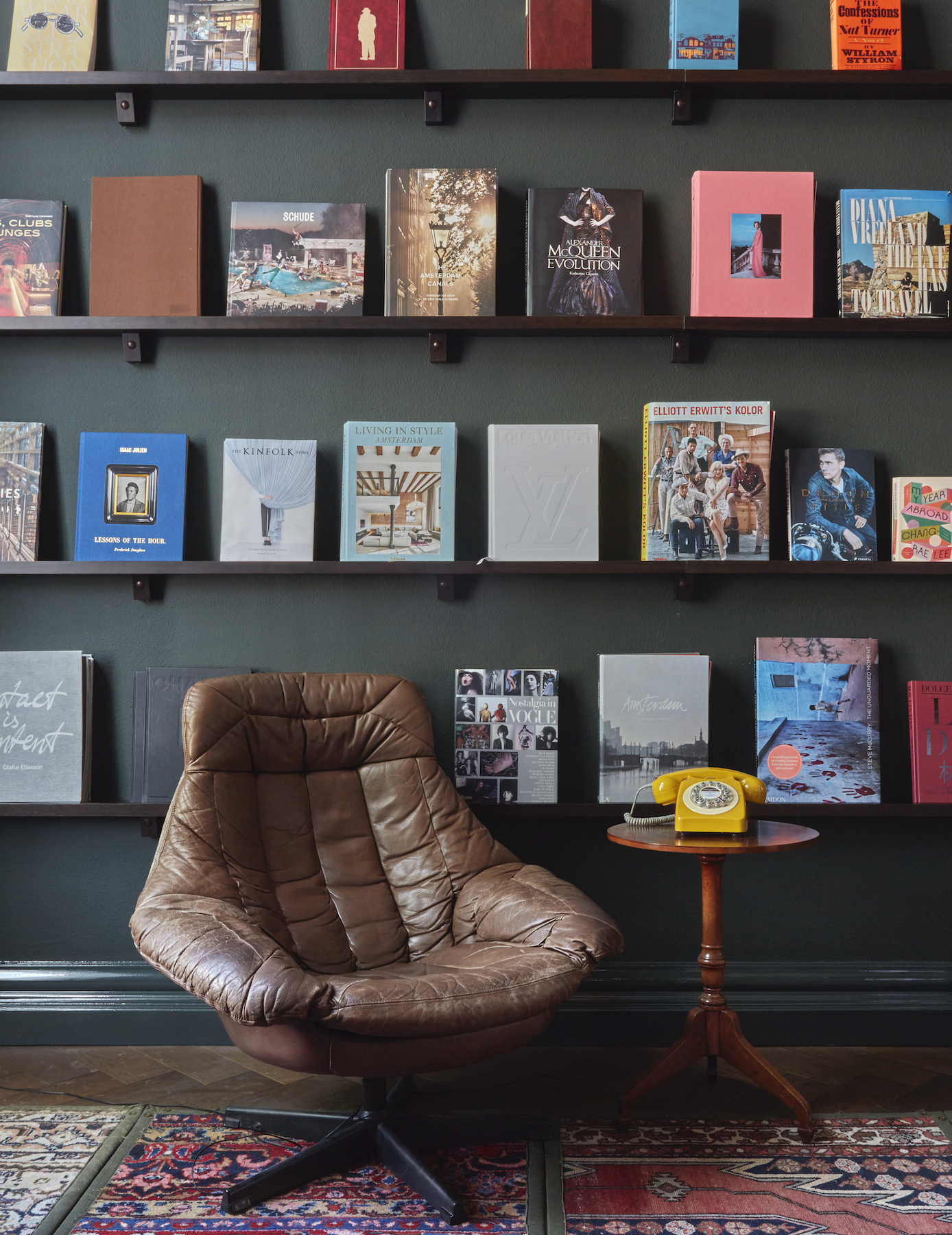
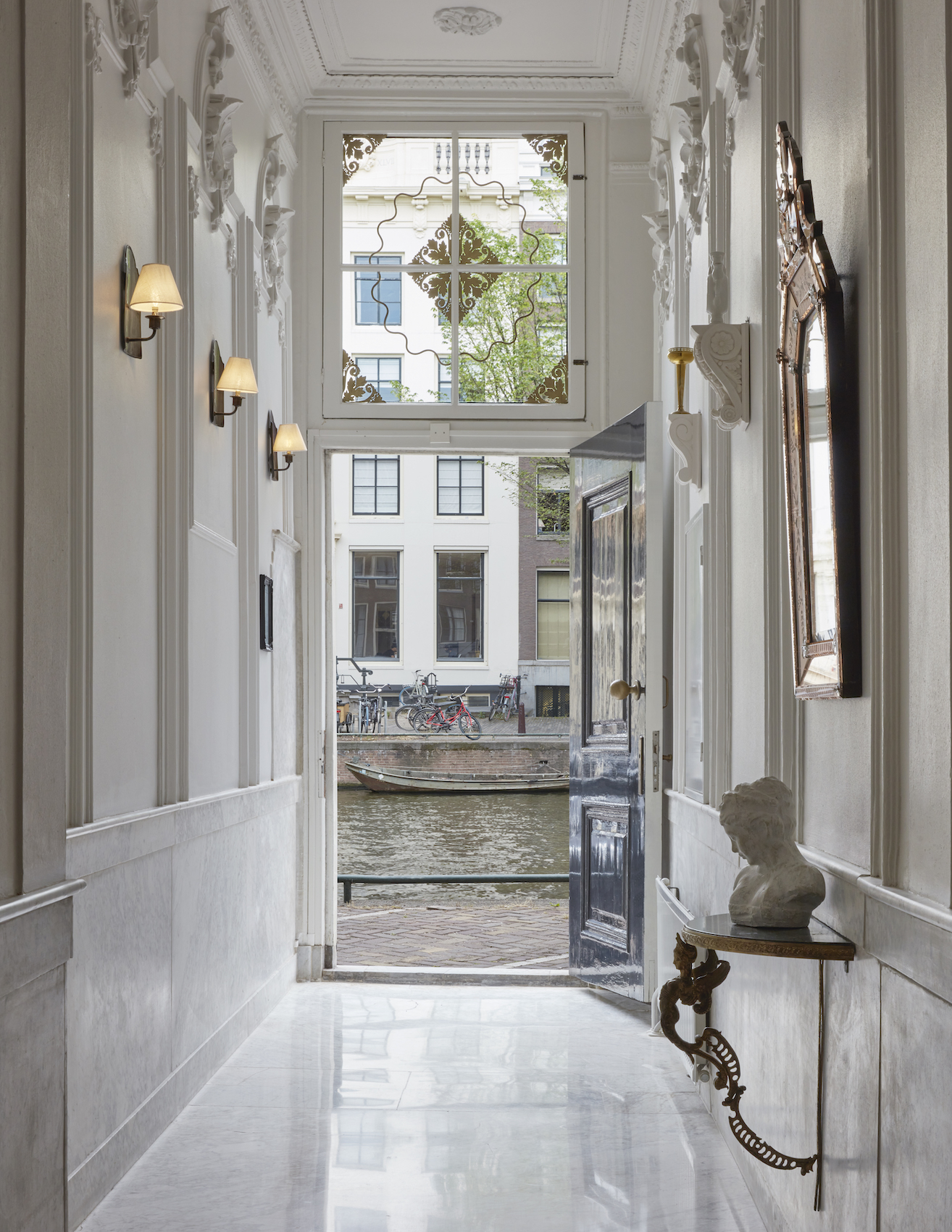

The deep connection Strauss formed with the Pulitzer extends not just to the overall design scheme, but to the individual pieces scattered throughout the labyrinthine hotel. “The fun is getting is getting lost,” he says, “because you can encounter all these antiques I collected – you might find a hidden desk that probably no one else has seen.”
I love all of my hotels equally. But the Pulitzer – we’ll never find anything like that again.
Jacu Strauss
He adds: “The Pulitzer was an example of how we had to create a unique solution, and really run with it to make the hotel work.” And like a proud father, he says, “I love all of my hotels equally. But the Pulitzer – we’ll never find anything like that again.”
That being said, Strauss also has a particular affinity for Riggs, their hotel in Washington DC. “Riggs kind of found us. We’re not the first to turn a grand bank building into a hotel, but we just fell in love with it immediately. We fell in love with DC as well. It has so many more layers to it than I expected – it’s just a gorgeous city. The property had all of the bones and it just needed us to come in and bring the beauty back and respect its heritage, and do something that also was future proof.”
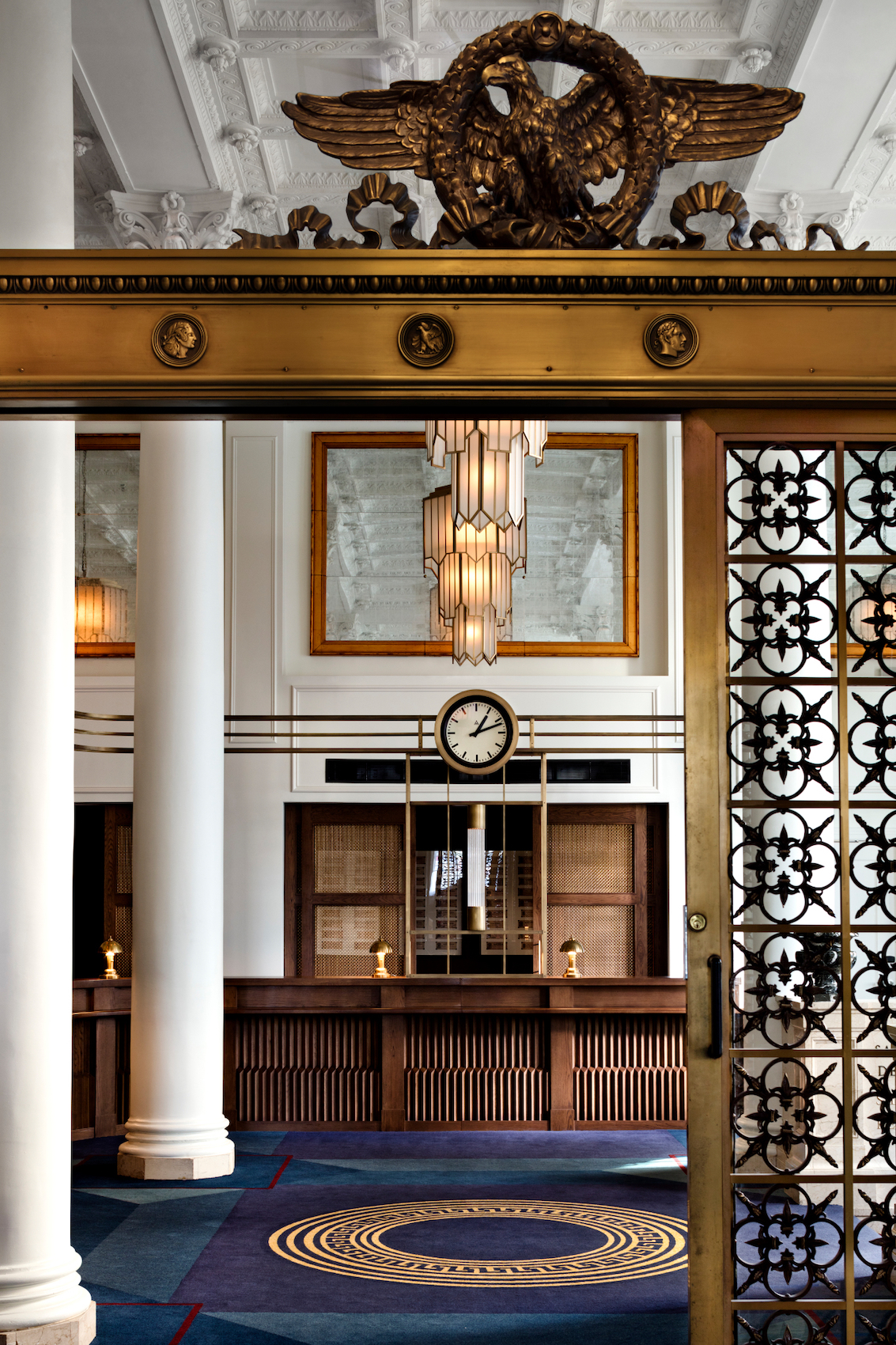
While part of the pleasure of visiting Strauss’s hotels is spotting a vintage Verner Panton chair or an 18th-century console, it’s also worth noting that the majority of furniture in the hotels is by necessity modern, and most of it is designed by Strauss himself.
Nowhere is this more striking than in the stunning new refurbishment of One Hundred Shoreditch in London. Grand modular sofas and Space Age-influenced lamps; elegant rattan furniture and bold art and sculpture. It’s magnificent.

“Furniture is more than just something to sit on – it’s an experience and a talking point,” he says. “Some might consider certain things a little too much, but people love to experience something that’s slightly outside their comfort zone. And hotels are great for that, because you don’t have to commit to it – you can be there for a night and then you can leave again. It gives you a creative licence to push boundaries.”
When you stay in a hotel, Jacu Strauss is exactly the sort of person you’d hope had designed it. There’s nothing cynical about him – he’s a true designer, always inquisitive, always innovating, with innate good taste that extends from the lights above the entrance to the artwork hanging in the lifts. If Strauss wasn’t vintage-hunting for his hotels, he’d be doing it for himself – and that really makes all the difference. There’s a tendency among some hotels to reduce their guests to data points. Strauss does the opposite: “You can never underestimate how discerning a guest or a visitor can be to something,” he says.
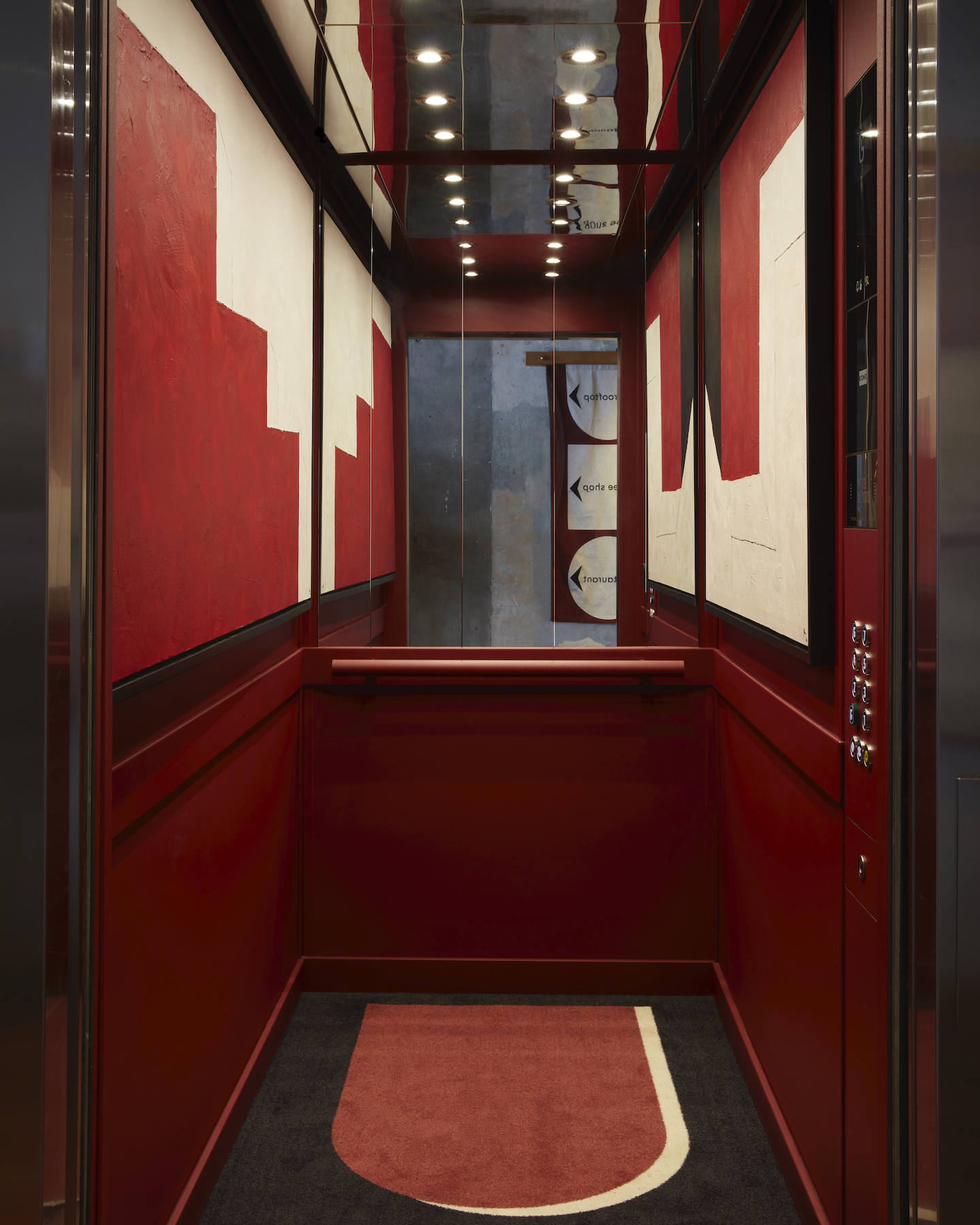
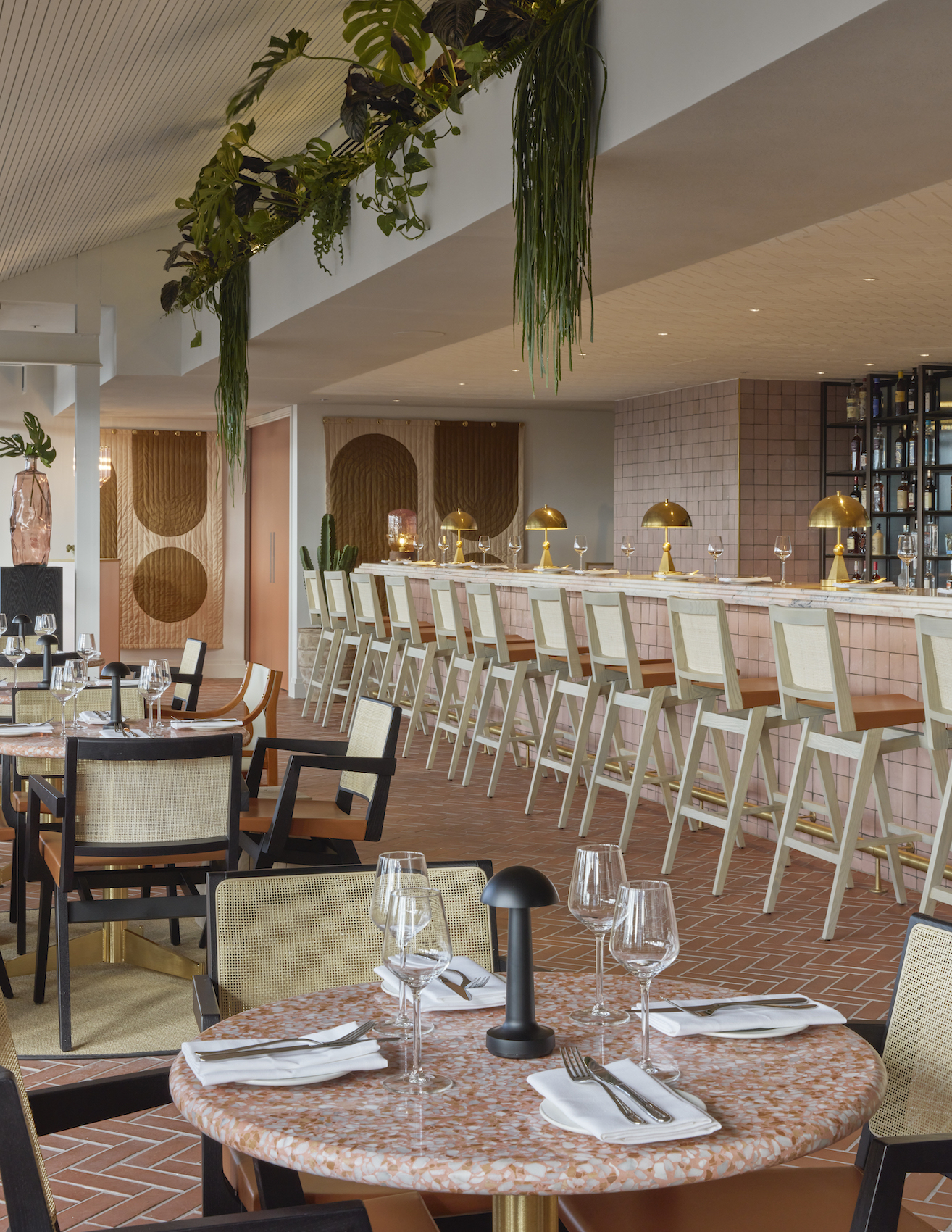
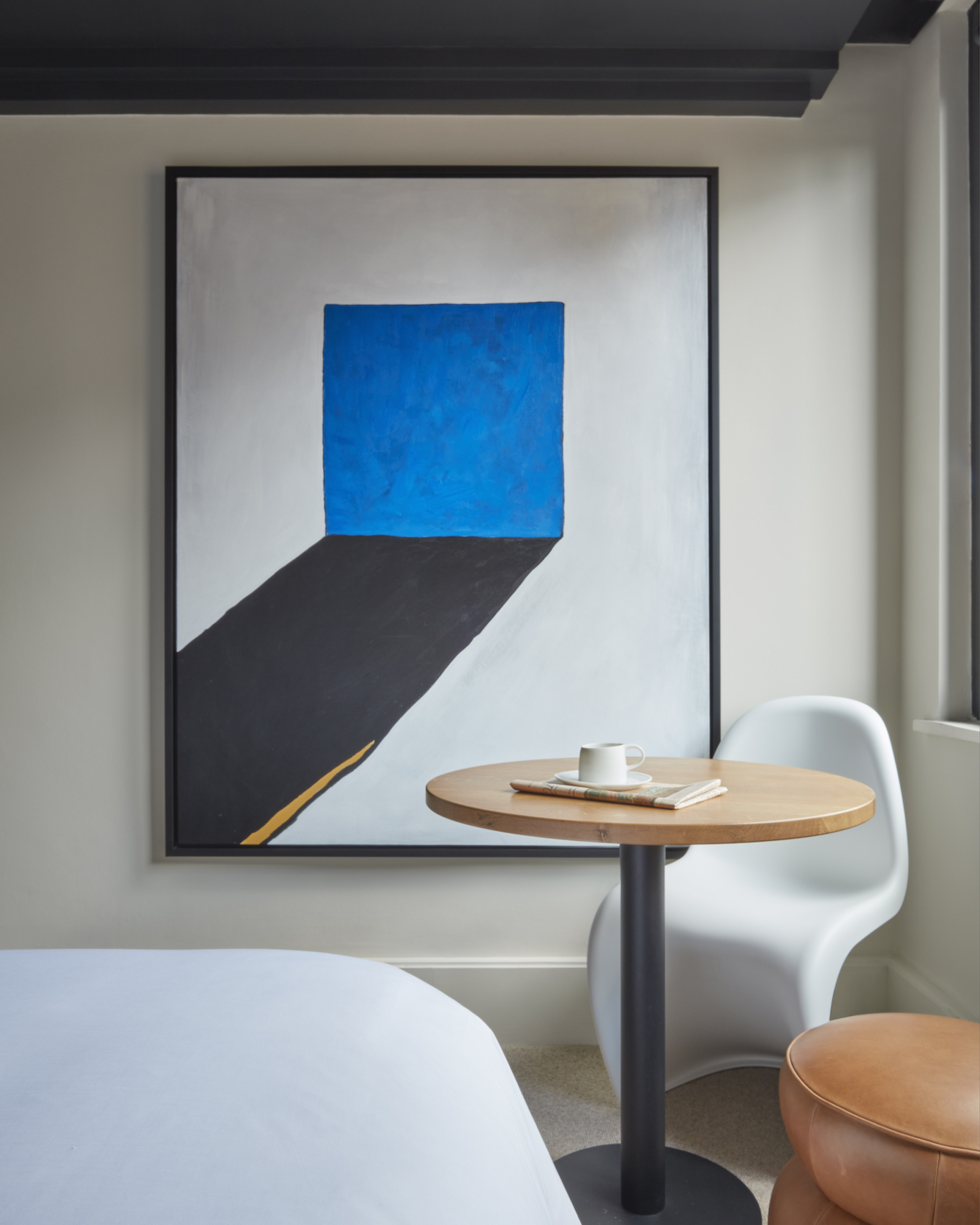
And as the Lore Group expands into new areas – with something like 10 million square feet of commercial real estate in New York alone – his approach to design holds good across all their properties: it’s the narrative that’s key. “Storytelling is fundamental with design – it just touches so many things. The thing that connects all of our hotels together is that they all have their own story to tell.”
Read more: Interior Designers I Interiors | Design | Vintage | Design Hotels



